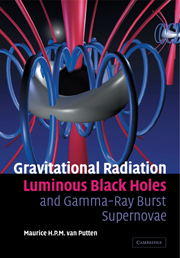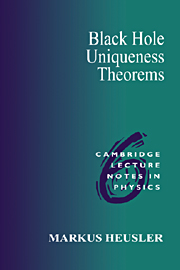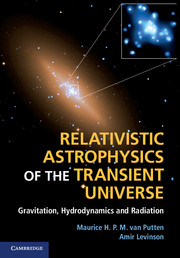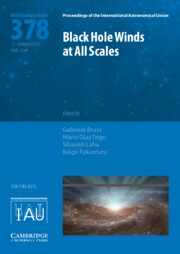Gravitational Radiation, Luminous Black Holes and Gamma-Ray Burst Supernovae
Black holes and gravitational radiation are two of the most dramatic predictions of general relativity. The quest for rotating black holes - discovered by Roy P. Kerr as exact solutions to the Einstein equations - is one of the most exciting challenges facing physicists and astronomers. Gravitational Radiation, Luminous Black Holes and Gamma-Ray Burst Supernovae takes the reader through the theory of gravitational radiation and rotating black holes, and the phenomenology of GRB-supernovae. Topics covered include Kerr black holes and the frame-dragging of spacetime, luminous black holes, compact tori around black holes, and black-hole spin interactions. It concludes with a discussion of prospects for gravitational-wave detections of a long-duration burst in gravitational-waves as a method of choice for identifying Kerr black holes in the Universe. This book is ideal for a special topics graduate course on gravitational-wave astronomy and as an introduction to those interested in this contemporary development in physics.
- Self-contained book covering specialist topics - ideal for a graduate course on gravitational-wave astronomy
- Gravitational-wave astronomy presents a fresh opportunity in physics and astronomy to understand gamma-ray bursts
- Covers many topical areas, including gamma-ray burst supernovae, burst sources of gravitational waves and Kerr black holes
Product details
June 2010Paperback
9780521143615
328 pages
244 × 170 × 17 mm
0.44kg
Available
Table of Contents
- Foreword
- Introduction
- Acknowledgements
- Notation
- 1. Superluminal motion in the quasar 3C273
- 2. Curved spacetime and SgrA*
- 3. Parallel transport and isometry of tangent bundles
- 4. Maxwell's equations
- 5. Riemannian curvature
- 6. Gravitational radiation
- 7. Cosmological event rates
- 8. Compressible fluid dynamics
- 9. Waves in relativistic magnetohydrodynamics
- 10. Nonaxisymmetric waves in a torus
- 11. Phenomenology of GRB supernovae
- 12. Kerr black holes
- 13. Luminous black holes
- 14. A luminous torus in gravitational radiation
- 15. GRB supernovae from rotating black holes
- 16. Observational opportunities for LIGO and VIRGO
- 17. Epilogue: GRB/XRF singlets, doublets? Triplets!
- Appendices
- References
- Index.





